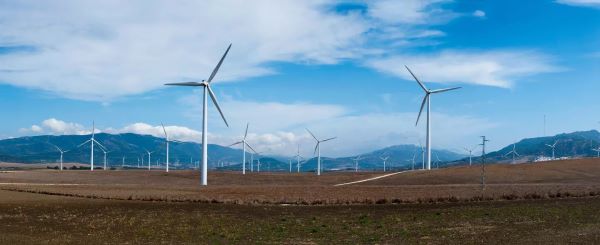Round the clock (RTC) renewable energy critical for grid stability, however, remains exposed to cost and execution challenges

ICRA expects the installed renewable energy (RE) capacity excluding hydro energy in India to increase to about 170 GW by March 2025 from 135 GW as of December 2023. Thereafter, the capacity addition is likely to be supported by the significant improvement in tendering activity in the current fiscal with over 16 GW projects bid out so far and another 17 GW bids under way by the Central nodal agencies. This is in line with the 50 GW annual bidding trajectory announced by the Government of India in March 2023. ICRA estimates that the rise in the RE capacity over the next five-six years is estimated to enhance the share of RE plus large hydro in the all-India electricity generation from about 23 % in FY2024 to around 40% in FY2030. Given the intermittency associated with RE generation, the availability of RTC supply from RE sources remains important. This can be made possible through use of wind and solar power projects complemented with energy storage systems.
Commenting further on the RE-RTC projects, Girishkumar Kadam, Senior Vice President & Group Head - Corporate Ratings, ICRA said: “The tariffs discovered in the RE-RTC tenders remain higher as against the standalone solar & wind energy tenders, with recent RTC bid tariffs seen in the range of Rs. 4.0-4.5 per unit, mainly on account of cost associated with the storage component & higher share of wind energy component expected. Further, based on the prevailing capital cost of battery energy storage systems (BESS) and pumped hydro storage projects (PSP) projects, the viability of the RTC projects remains relatively better with the use of PSP capacity. Nonetheless, the supply chain challenges in the wind energy segment could pose execution challenges for RTC project execution.”
The sharp decline in solar PV cell and module prices, abeyance of the Approved List of Module Manufacturers (ALMM) order till March 2024 and the timeline extension approved for solar and hybrid projects, is expected to lead to an improvement in RE capacity addition to 18-20 GW in FY2024 from 15 GW in FY2023. This, along with the growing project pipeline, is likely to support the scale-up in capacity addition to 23-25 GW in FY2025, as per ICRA estimates, mainly driven by the solar power segment. However, challenges remain on the execution front with respect to delays in land acquisition and transmission connectivity, which could hamper the capacity addition prospects.
Kadam further added: “The sharp decline in solar PV cell and module prices by 65% and 50%, respectively, over the past 12 months is leading to a healthy improvement in debt coverage metrics for the upcoming solar power projects. Benefiting from this, for a solar power project with a bid tariff of Rs. 2.5 per unit and sourcing modules from domestic OEMs using imported PV cells, the average DSCR has improved by over 35 bps. While this is a positive in the near term, the developers would remain exposed to movement in imported solar PV cell and wafer prices, till the development of fully integrated module manufacturing units in India.”
The state distribution utilities (discoms) have shown an improved discipline in making payments to power generators, including RE IPPs, following the implementation of the late payment surcharge (LPS) rules in June 2022.
Discoms in most key states are clearing dues within three months from the billing date to RE IPPs over the past 15 months. Moreover, the past dues are being cleared through instalments under the LPS scheme. The sustainability of this trend would depend on the improvement in the financial profile of the discoms, which in turn is linked to implementation of reform measures by the states.
Subscribe to our newsletter & stay updated.